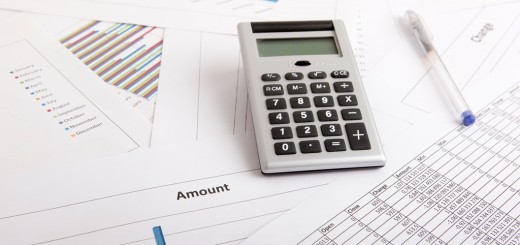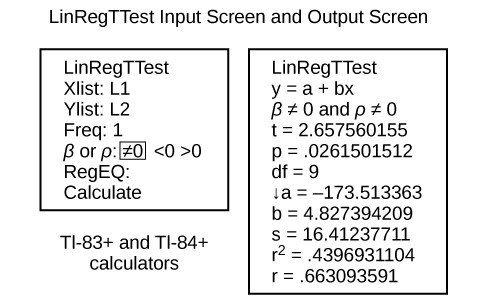Calculating Beta Portfolio Math for the Average Investor
Post on: 9 Февраль, 2017 No Comment

Calculating Beta: Portfolio Math for the Average Investor 5.00 / 5 (100.00%) 1 vote
When it comes to calculating beta and understanding portfolio math it is important to first understand what beta refers to. Beta basically is a measure of the systematic risk or volatility of an investment portfolio compared to the market as whole. Therefore Beta is used in the CAPM, or capital asset pricing model. This model calculates the predicted return of a certain asset according to the beta as well as the expected market return. So, there are different ways to look at beta in terms of portfolios, which is why it is important to understand calculating beta: portfolio math for the average investor.
Calculating Beta: Portfolio Math for the Average Investor

Investors should have a grasp of the math needed to properly calculate betas. Although there are numerous financial sites as well as computer programs that can calculate it for investors, it is important that the average investor know how to do basic portfolio math in regards to their betas. Those numbers that are calculated by outside resources are using unknown variables that can be hard to track and may not be accurate. Therefore it is important to calculate your own betas for your own unique portfolio. A certain beta can be reached a variety of ways due to the fact that the variables for the inputs can depend upon the investment time horizon, your personal view of the market as well as many other factors. Again, this means that a personalized, customized, beta is most accurate for your portfolio. One of the easiest ways to determine your own beta is by utilizing Microsoft Excel, this will allow you to come to a risk measure that is customized for your own portfolio.
There are also disadvantages to calculating your own beta. The biggest problem is that it can be time consuming. However, utilizing programs such as Open Office Calc and Excel can cut down on the time needed to determine a beta. The first step is to determine a time frame that works with your investment time horizon for you chosen index. From there you can then gather the necessary data. This means researching the historical prices of the equity in conjunction with the date information that matches your chosen time. Some sites allow you to download the information; this allows you to then save the information as a spreadsheet and use Excel to determine your beta. You want to ensure that you copy both of the columns depicting closing price as a new spreadsheet. From there you will need to convert the prices into return percentages for both the stock price as well as the index price. This can be done by taking the price from today and subtract the price from yesterday, then dividing the answer by the price of yesterday. This will then indicate the percentage change.
This is just many of the ways in which you can calculate beta for yourself. Although there are many sites out there that can do it for you it is important to know how to do it in order to customize results for your own portfolio. This ensures that you are not dealing with unknown variables. Research calculating beta: portfolio math for the average investor for more information about calculating your own beta figures.














